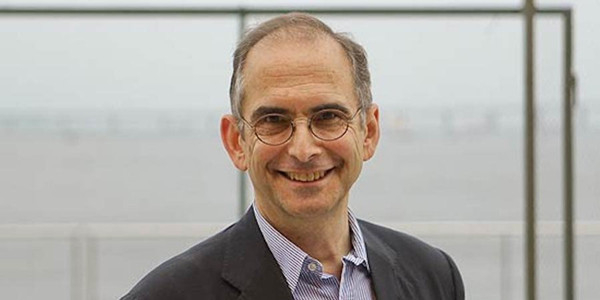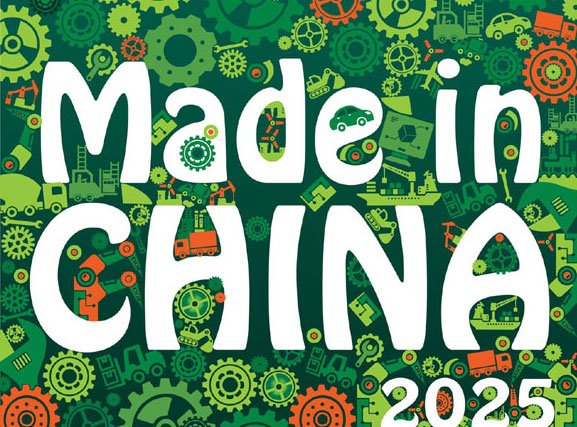Interview with MoMA director on contemporary Chinese art
Updated: 2015-12-31 09:17
By Ruan Fan(chinadaily.com.cn)
|
|||||||||||
 |
|
Jay Levenson has been the Director of the International Program at The Museum of Modern Art, where he coordinates the Museum's relations with institutions in other countries. Prior to that he was deputy director for Program Administration at the Solomon R. Guggenheim Museum. [File photo]
|
Which Chinese exhibitions or performances have made their way to MoMA? How were they chosen?
Chinese artists have participated in three of MoMA's "Projects" series of exhibitions. Xu Bing designed one of the banners in "Projects 70: Banners I." Song Dong's "Waste Not" was the subject of "Projects 90: Song Dong." And Yin Xiuzhen's "Collective Subconscious" was the subject of "Projects 92: Yin Xiuzhen." These projects were the result of first-hand curatorial travel to China, and making studio, museum, and gallery visits there.
But works by Chinese artists have also appeared in other MoMA group or thematic exhibitions. For example, Cai Guo-Qiang's "Borrowing your Enemy's Arrows" has been in the collection since 1999 and is currently on view at MoMA, and in 2003 he was commissioned to create a fireworks piece, "Transient Rainbow," to mark the museum's temporary relocation to Queens. And our curators of course have an ongoing interest in what is happening in Chinese art.
Does MoMA have certain criteria in introducing non-native arts? If so, what are they?
MoMA has always been a museum of international art, not a nationally-oriented collection of American art. Its original collections in the 1930s focused mainly on French art, since Alfred Barr, the Museum's founding director, considered French artists to be in the vanguard of modern art, but even then it collected works by American and Mexican artists, as well, with the understanding that all works in the collection had to be of the highest quality, in the judgment of the curators responsible for acquisitions.
MoMA has also collected art from Asian countries for some time, though principally from Japan and always on a smaller scale than its Western art collections. The standards for acquisitions and exhibitions are the same for all artists, regardless of national origin: quality and historical importance, in the view of the curators.
Originally, Barr saw the history of modern art as a series of avant-garde movements, groups of innovative artists who succeeded one another and changed the course of the development of modern art. MoMA's curators work today with an understanding that modernism developed in different parts of the world at different times and that those later modernisms are as worthy of study as the earlier movements that took place in Western Europe.
Related Stories
Yearender: Priciest art items sold in 2015 2015-12-25 17:24
Close encounters with art and real life 2015-12-24 08:08
Art beat in December 2015-12-23 08:25
Palace Museum to open digital gallery 2015-12-20 09:14
Apple names three apps from Palace Museum as best 2015-12-16 10:46
Today's Top News
Germany to spend 17b euros on refugees in 2016
Demand booms for high-end financial talent
Abe expresses apology for Korean victims of comfort women
North China encounters gas supply shortage
Asian Infrastructure Investment Bank launched
Russia says it has proof of Turkey's support for IS
Investors adjusting expectations
India and Russia eye nuclear, helicopter deals
Hot Topics
Lunar probe , China growth forecasts, Emission rules get tougher, China seen through 'colored lens', International board,
Editor's Picks

|

|

|

|

|

|






